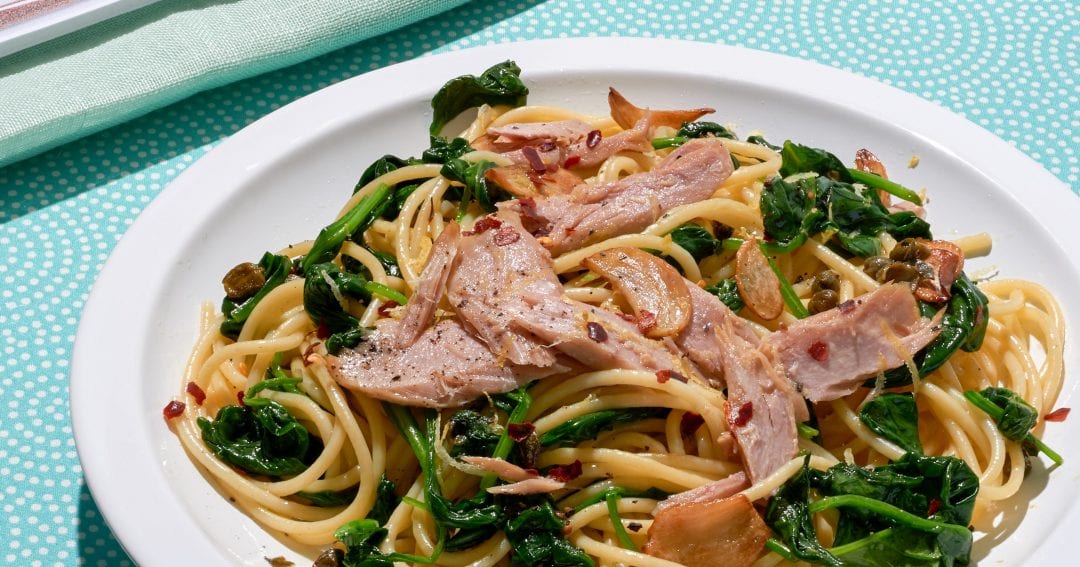photographed by Davide Luciano.
What women eat could affect the age at which they reach menopause, new research suggests. A diet high in refined carbs could bring on menopause symptoms sooner, while eating oily fish, peas and beans was linked to a delayed natural menopause.
The study by researchers from the University of Leeds, published in the Journal of Epidemiology & Community Health, found that a diet high in pasta and rice was linked to women beginning menopause 1.5 years earlier than the average age of 51 for women in the UK.
Meanwhile, the four-year study of 914 women aged 40-65 found that a diet heavy in legumes, including peas, beans, lentils and chickpeas, was linked to starting menopause 1.5 years later than average.
While the researchers took into account other contributing factors, including the women’s weight, reproductive history and use of hormone replacement therapy (HRT), they were unable to examine the influence of genetic factors, and said women don’t necessarily need to change their diets based on the findings.
While the research was unable to prove a cause-and-effect relationship between diet and the age of menopause, the researchers had various explanations for the benefits of particular foods.
Fresh legumes contain antioxidants, which have been linked to prolonged menstruation, while omega-3 fatty acids, which are abundant in oily fish, can potentially enhance antioxidant capacity.
On the other hand, high consumption of refined carbs (classified as high glycemic index foods) increases the risk of insulin resistance. This can mess with sex hormones and increase oestrogen levels, which triggers ovulation and could result in more menstrual cycles, leading a woman’s egg supply to run out sooner.
The study is important because some women experience negative health implications from starting the menopause early, such as osteoporosis and heart disease, while those who experience it later are at greater risk of breast, womb, and ovarian cancers.
This content was originally published here.







